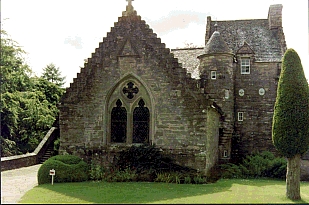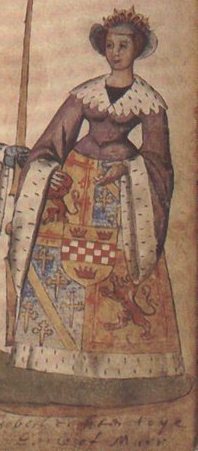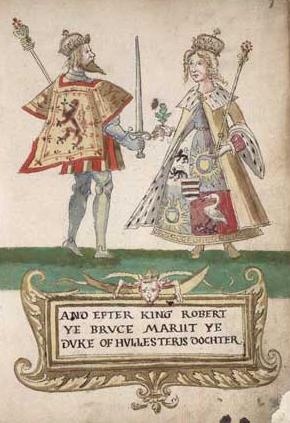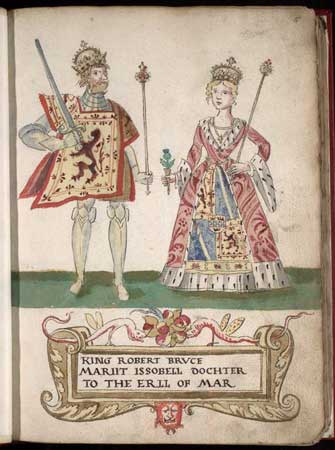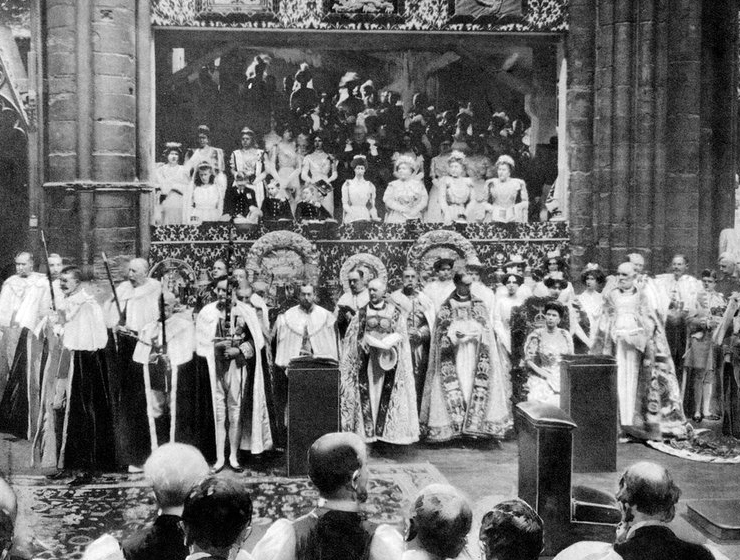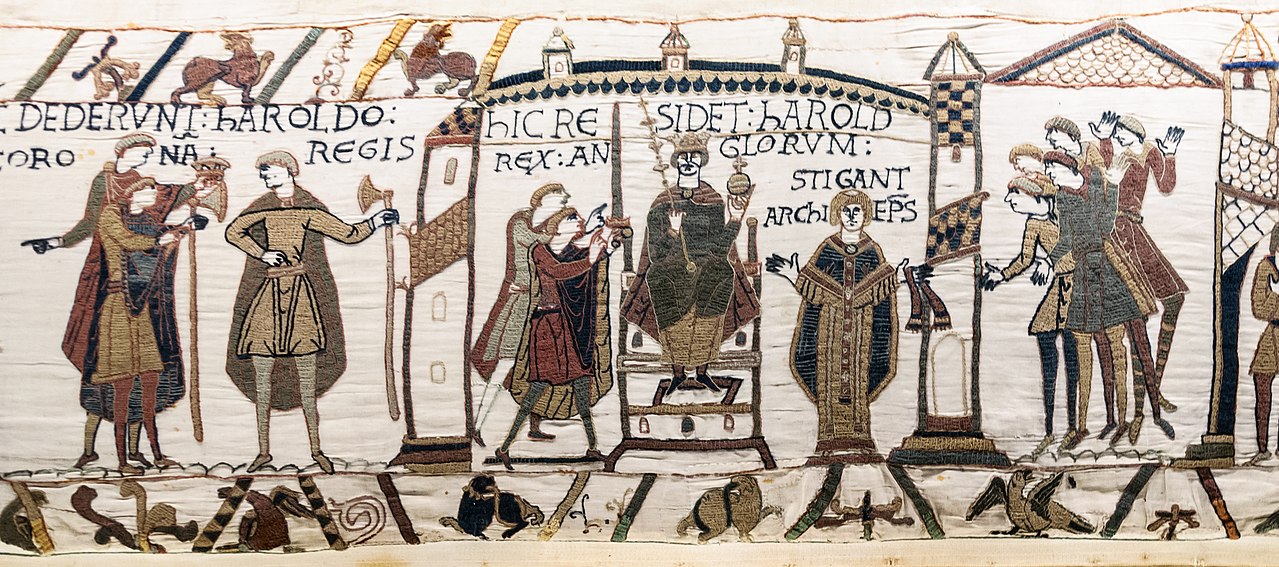by Susan Flantzer
- The Reverend The Honorable Maurice Berkeley Peel
- Timeline: May 1, 1917 – May 31, 1917
- A Note About German Titles
- May 1917 – Royals/Nobles/Peers/Sons of Peers Who Died In Action
***********************
The Reverend The Honorable Maurice Berkeley Peel
Born on April 23, 1873, in London, England, The Reverend The Honorable Maurice Berkeley Peel was the youngest of the seven children of Arthur Wellesley Peel, 1st Viscount Peel and Adelaide Dugdale. Serving in Parliament was a family tradition. Maurice’s father served in the House of Commons from 1865 – 1895 and was Speaker of the House of Commons from 1884 – 1895. When he retired in 1895, he was created Viscount Peel. Both of Maurice’s grandfathers were also in Parliament. His maternal grandfather William Stratford Dugdale served in the House of Commons from 1830 – 1847. His paternal grandfather, whose father also served in Parliament, was Sir Robert Peel, 2nd Baronet of Drayton Manor who served in the House of Commons from 1809 – 1850 and served twice as Prime Minister of the United Kingdom from 1834 – 1836 and from 1841 – 1846. Needless to say, Maurice most likely grew up thinking that service to one’s country was important.

Maurice’s father as Speaker of the House of Commons, circa 1888; Photo Credit – Wikipedia
Maurice had six siblings:
- The Honorable Ella Peel (1862 – 1900), unmarried (was found suffocated in bed, the result of epilepsy)
- The Honorable Julia Peel (1864 – 1949), married James Maguire, no issue
- William Peel, 1st Earl Peel (1867 – 1937), married The Honorable Eleanor Williamson, had issue
- Major The Honorable George Peel (1868 – 1956), married Lady Agnes Lygon, had issue
- The Honorable Agnes Peel (1869 – 1959), married Major Charles Goldman, had issue
- Colonel The Honorable Sir Sidney Peel, 1st Baronet Peel (1870 – 1938), married Lady Adelaide Spencer, no issue
Maurice began his education at Mr. Parry’s School in Slough, Berkshire, England and then attended Winchester College in Winchester, Hampshire, England from 1887 – 1891. Next, Maurice attended New College, Oxford and received a degree in History with Honours in 1895.
After university, Maurice worked for a few years at Oxford House in Bethnal Green, one of the poorest parts of London. Part of the settlement movement, Oxford House was established in 1884, the first university settlement”. It was built as a home for graduates, tutors and those intending to enter the church so they could learn at first-hand about the problems of disadvantaged areas and provide practical support for the local community. During this same period, Maurice held a commission in the 4th Volunteer Battalion (meaning part-time) of the Queen’s Royal West Surrey Regiment. While Maurice was volunteering at Oxford House and in the Queen’s Royal West Surrey Regiment, he was also serving as a curate from 1892 – 1899 at St. Simon Zelotes, a church in the midst of the poverty of Bethnal Green, London. Despite growing up in a well-to-do family, it is obvious that Maurice considered it important to serve those less fortunate.
In 1899, Maurice was ordained a priest in the Church of England. From 1899 to 1906, he was attached to St. Simon Zelotes, Bethnal Green, and after serving as Rector of the Church of St. Peter, Wrestlingworth for a few years, he became Rector of St. Paul’s, Beckenham in 1909. On July 29, 1909, Maurice married Emily Allington at St. Denys Church, Little Barford, Bedfordshire. Unfortunately, Emily died on March 24, 1912, four days after the birth of her last child. The couple had two children:
- Major David Arthur Peel (1910 – 1944), married The Honorable Sara Vanneck, had issue, killed in action during World War II
- Mary Emily Peel (1912 – 1934), unmarried
When World War I started in August 1914, Maurice immediately volunteered to be an army chaplain. He went to France in October 1914 and worked as a chaplain and a stretcher bearer. At the Battle of Festubert (May 15-25, 1915), Maurice was allowed to go “over the top” to comfort the wounded in “No Man’s Land.” The term “over the top” referred to the attacking soldiers rising out of their own trenches to attack the enemy. The soldiers were required to climb over the top of their trenches and cross “No Man’s Land.” As World War I infantry attacks generally resulted in heavy casualties, “going over the top” was an unpopular and dangerous activity for soldiers.
Armed with only a Bible and his walking stick, Maurice went “over the top” with the soldiers. He was shot four times and despite being severely wounded, he refused medical attention until all the other injured soldiers had been looked after. He was sent home to England to recover and was awarded the Military Cross which is given in recognition of “an act or acts of exemplary gallantry during active operations against the enemy on land to all members, of any rank in Our Armed Forces.”

World War I Military Cross with a Bar, Maurice received a bar in 1917; Photo Credit – Wikipedia
In November 1915, Maurice was appointed the Vicar of St. Editha’s Church, Tamworth, West Midlands where he is still remembered and there is a memorial window in his memory. He was happy to be in Tamworth because Drayton Manor, the traditional home of the Peel family was there. In August 1916, Maurice spoke with his bishop about returning to the combat zone and on January 10, 1917, Maurice was sent back to join his original battalion. He lived with the soldiers in the trenches and when there was action, Maurice went “over the top” with the third wave, so that he might aid the wounded. For his service to the wounded, Maurice received a Bar for his Military Cross.
On May 14, 1917, at the Second Battle of Bullecourt in France, Maurice was killed by a sniper. The senior Chaplain of the Division, The Reverend Eric Milner-White, described what happened to Maurice in a letter to Mrs. Allington, Maurice’s mother-in-law who was the caretaker of his two children:
“His brigade were put into a village [Bullecourt] for twenty-four hours. In that time, the Germans made three desperate counter-attacks on it, gaining a little each time. It was not clear where the Germans were, and where the English and German snipers crept about. At early dawn on the 15th (the second anniversary of Festubert) he got out of his trench to visit either a wounded man or an isolated post of men. On the way, a sniper’s bullet caught him in the chest; he fell unconscious and died very shortly, one Welsh Fusilier officer crawling out and staying with him till the end. That same night, one of the chaplains, Mr. McCalman, with great courage went up with a cross, hoping to bring in the body and bury it. Arrived within a few yards, he was not allowed to go further, the risk being too great.
On Ascension Day, the 17th, Mr. McCalman and I went up together in daylight. Some men then holding the dreadful line had that morning crept out and buried the body a yard or two from the spot where he fell. We raised a temporary cross upon it, and I said the service over the little grave, using with tragic appropriateness the Collect for Ascension Day, which Maurice always used at his burials.”
Listen to a tribute to The Reverend The Honorable Maurice Berkeley Peel by his great-grandson, The Reverand David Longe on the BBC website: www.bbc.co.uk/programmes/p01wtts9
The Reverend The Honorable Maurice Berkeley Peel remains are now buried at the Queant Road Cemetery in Buissy, France.
***********************
Timeline: May 1, 1917 – May 31, 1917
- May 3 – 4 – Third Battle of the Scarpe, part of the second phase of the Second Battle of Arras in Arras, France
- May 3 – 17 – Second Battle of Bullecourt, part of the second phase of the Second Battle of Arras in Arras, France
- May 5 – 15 – Allied Spring Offensive on the Salonika Front in Macedonia
- May 5 – 9 – Second Battle of the Cerna Bend, a phase of the Allied Spring Offensive in Cerna Loop, Serbia
- May 12 – June 6 – Tenth Battle of the Isonzo
- May 23 – Battle of Mount Hermada in the Soča Valley, Slovenia
***********************
A Note About German Titles
Many German royals and nobles died in World War I. The German Empire consisted of 27 constituent states, most of them ruled by royal families. Scroll down to German Empire here to see what constituent states made up the German Empire. The constituent states retained their own governments but had limited sovereignty. Some had their own armies, but the military forces of the smaller ones were put under Prussian control. In wartime, armies of all the constituent states would be controlled by the Prussian Army and the combined forces were known as the Imperial German Army. German titles may be used in Royals Who Died In Action below. Refer to Unofficial Royalty: Glossary of German Noble and Royal Titles.
24 British peers were also killed in World War I and they will be included in the list of those who died in action. In addition, more than 100 sons of peers also lost their lives, and those that can be verified will also be included.
***********************
May 1917 – Royals/Nobles/Peers/Sons of Peers Who Died In Action
The list is in chronological order and does contain some who would be considered noble instead of royal. The links in the last bullet for each person is that person’s genealogical information from Leo’s Genealogics Website or to The Peerage website If a person has a Wikipedia page or a website page with biographical information, their name will be linked to that page.
Elimar, Freiherr von Dornberg
- son of Prince Heinrich of Hesse and by Rhine and Emilie, Freifrau von Dornberg
- first cousin of Ernst Ludwig, Grand Duke of Hesse and by Rhine (grandson of Queen Victoria)
- born August 3, 1893
- unmarried
- killed in action at Obertsdorf, Germany on May 1, 1917, age 23
- http://thepeerage.com/p10930.htm#i109293
Lieutenant The Honorable Frederic Ivor Thesiger
- son of Frederic Thesiger, 1st Viscount Chelmsford and The Honorable Frances Guest
- born October 17, 1896
- unmarried
- Second Lieutenant in the Royal Field Artillery
- died in Mesopotamia (Iraq) from wounds received in action on May 1, 1917, age 20
- http://www.thepeerage.com/p2864.htm#i28633
- http://www.winchestercollegeatwar.com/archive/frederick-ivor-thesiger/
Ludwig, Graf von Lerchenfeld
- son of Otto, Graf von Lerchenfeld and Walburga, Gräfin von und zu Arco-Zinneberg
- born May 25, 1894 in Bamberg, Bavaria, Germany
- unmarried
- killed in action in Bergnicourt, Ardennes, Champagne-Ardenne, France on May 14, 1917, age 22
- http://thepeerage.com/p9013.htm#i90128
Reverend The Honorable Maurice Berkeley Peel (see article above)
- son of Arthur Wellesley Peel, 1st Viscount Peel and Adelaide Dugdale
- grandson of Sir Robert Peel, 2nd Baronet, Prime Minister of the United Kingdom
- born April 23, 1873 in London, England
- married 1909 Emily Allington who died shortly after the birth of her second child, had two children
- Chaplain to the Forces, 4th Class
- killed in action at the Second Battle of Bullecourt, part of the second phase of the Second Battle of Arras in Bullecourt, France on May 14, 1917, age 44
- his son Major David Arthur Peel was killed in action during World War II in September 1944 at age 33
- http://www.thepeerage.com/p65391.htm#i653903
Rudolf, Graf von Waldersee
- born December 6, 1897 in Wilmersdorf, Berlin Germany
- killed in action in the Forest of Argonne, France on May 26, 1917, age 19
- http://geneall.net/de/name/404913/rudolf-graf-von-waldersee/





